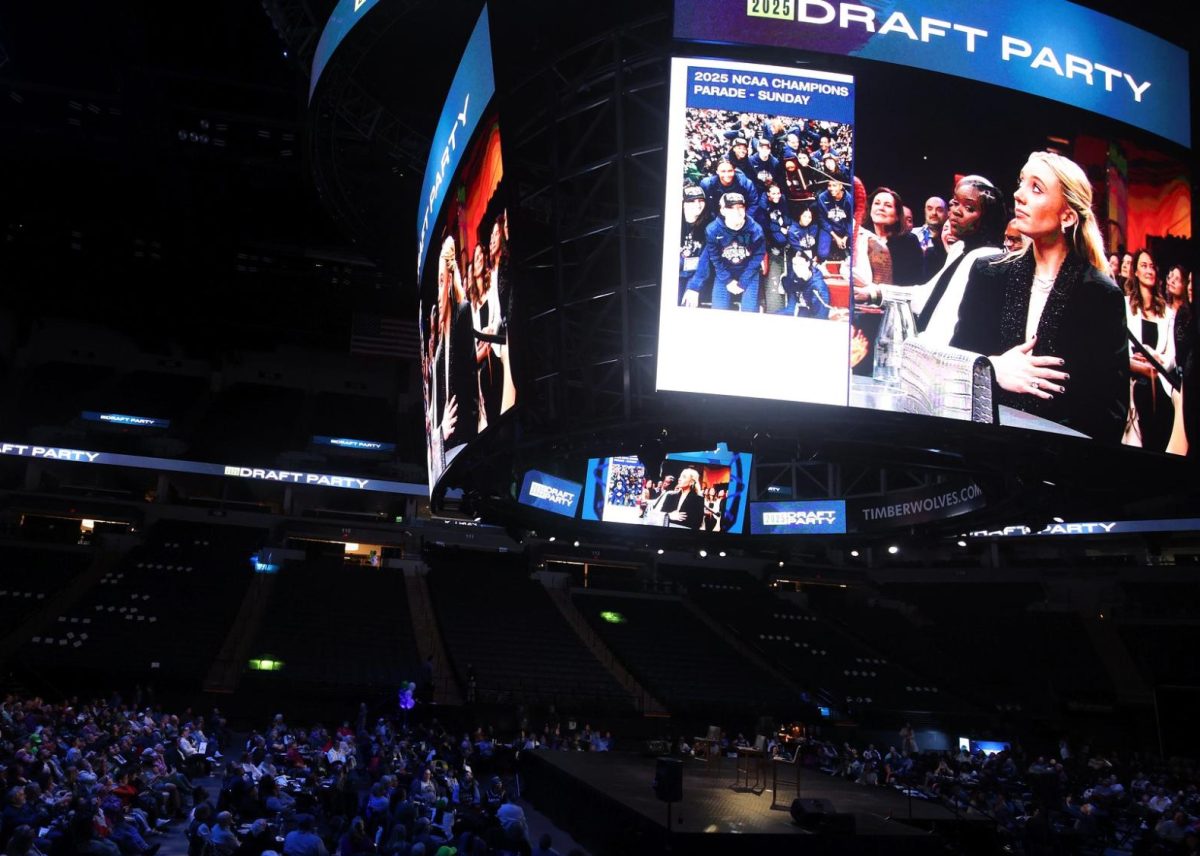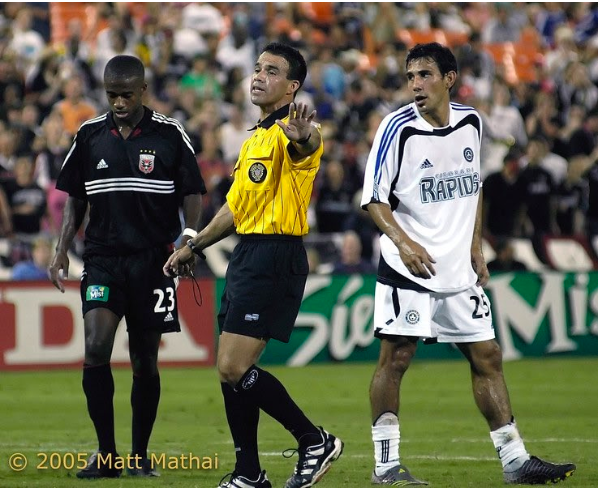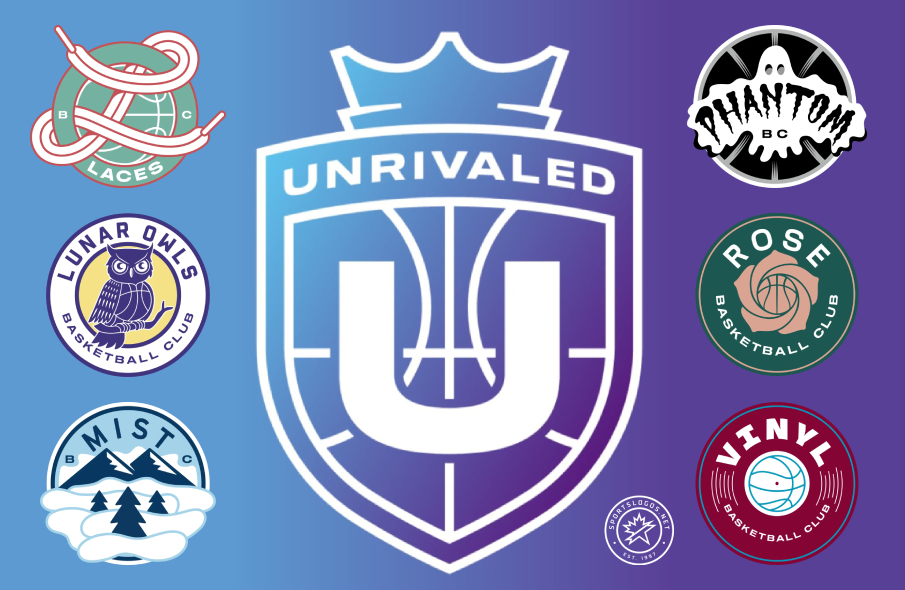Since the first official season in 1996, the highest tier of professional football in North America, Major League Soccer (MLS), has always seemed to be a downgrade to Europe’s top football leagues.
The two major limiting factors present in today’s MLS are its unusual season structure and undeveloped youth system.
The MLS has only been able to maximize television revenues by avoiding direct competition with main American sports leagues through an unconventional March to December schedule. By endorsing the distinct March to December calendar the MLS is limiting potential fan engagement, attractiveness for players and league competitiveness as a whole.
Due to its differences with typical August to May season schedule, MLS’s transfer windows never align with the ones of the bigger leagues, eliminating various potential transfers. Playing through the summer months of June, July and August not only creates fixture overlaps with international tournaments, forcing players and national teams to make extremely difficult trade-off decisions, but it also restricts attendance and viewer rates as 52 percent of American adults are traveling for the summer holidays, according to CNBC. (Kenneth Kiesnoski).
As explained by current MLS Vice President of clubs services and scheduling, Brad Pursel, “We build the season schedule with TV partners” showing how economically driven the league is. Disregarding teams, players, and fans’ interests by prioritizing short term financial aspects, the MLS is stunting potential growth in competitiveness and its resulting popularity.
An exclusive interview with MLS veteran Jamil Walker, granted Dateline a first-hand perspective on the different season schedules impact. Although understanding “why MLS chose to follow a different league schedule, as playing in the summer allowed for less competition by the other major U.S sports”, the 2004 MLS Cup Champion, expressed a strong desire for change.
Walker proposed a transition “to the international schedule, aligning with every other league around the world.” The prolific striker later backed his request for change saying that since most MLS teams have to forgo using their national team players in key games and are only in “pre-season form” when playing club international tournaments such as the Concacaf Champions League, the clubs and league are only damaging their level of play.
By playing through the summer, the MLS creates preventable competitive disadvantages, as the absence of it’s higher caliber, nationally capped players only hurt the product on their fields since no other leagues have to deal with that, Walker said.
Lacking both a proper developmental structure and an effective scouting network, the U.S’s disregarded youth football system represents the second greatest limiting factor in today’s MLS.
Inadequate investment in all of the U.S’s youth system sections has lead to the development of very few internationally recognized American footballers. The MLS has been unable to compensate for the lack of local talent with foreign athletes finding it difficult to attract international stars due to limited financial resources, various scheduling constraints and lack of competitiveness.
MLS clubs have been able to sign higher quality players only once they are well past their primes. The recruitment of aging stars such as 34-year-old Wayne Rooney, 38-year-old Zlatan Ibrahimovic, and 34-year-old Bastian Schweinsteiger has resulted in the competition being labeled the “retirement league.”
As a former U.S. professional player, Walker wonders what the level of football would be like in the U.S. if opportunities were extended to individuals beyond the financially stable portion of society.
“The biggest hindrance to the growth of soccer in the U.S, is the pay-to-play system, turning football into a middle to upper-class sport,” Walker said.
Greater financial investments into the MLS’s youth system would increase the caliber of players and generate greater local engagement, all the while lowering the total amount of money spent by the league’s clubs.
By addressing the two major constraining factors, MLS could increase both attractiveness for players and fan engagement, as well as the revenue-generating potential for the league. This, in turn, could kickstart a positive growth cycle best demonstrated by football’s most-watched competition, the English Premier League.
By Matteo Caloia

































































